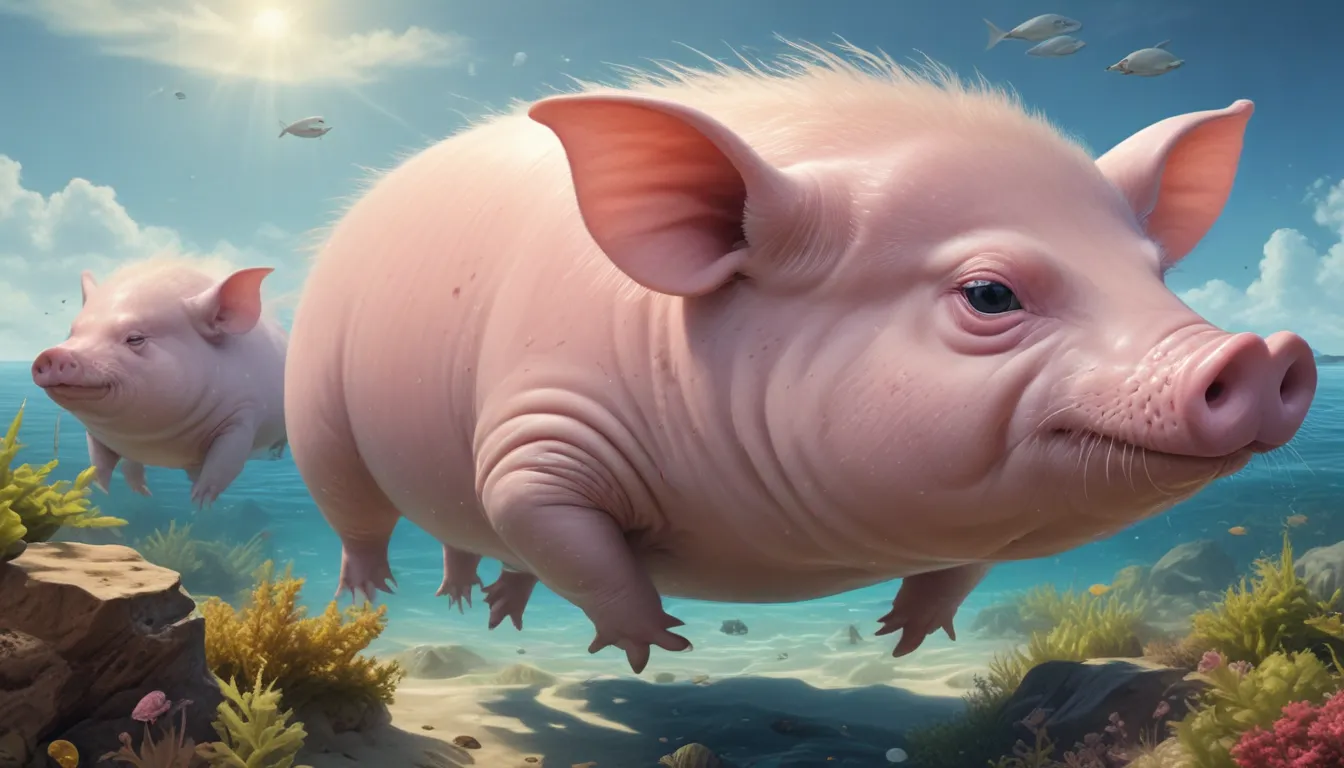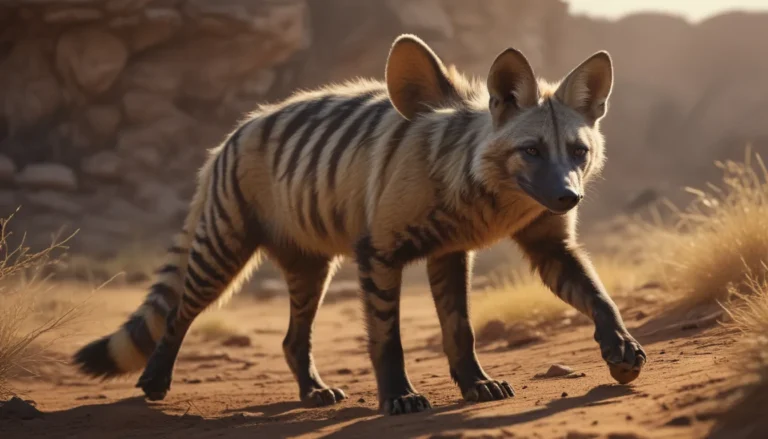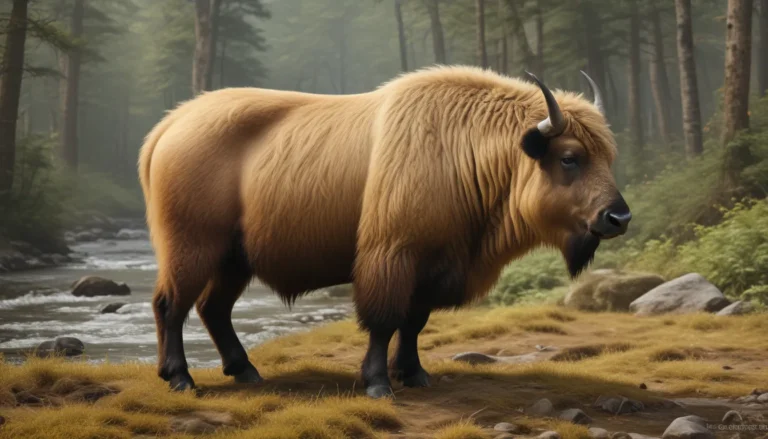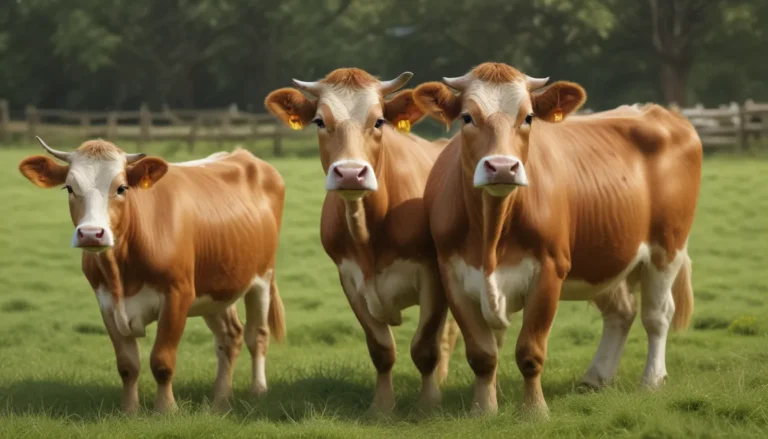The pictures we use in our articles might not show exactly what the words say. We choose these pictures to make you interested in reading more. The pictures work together with the words but don’t take their place. The words still tell you the important facts.
In the mysterious depths of the ocean, a captivating creature known as the sea pig roams the seabed, intriguing scientists and marine enthusiasts alike. Contrary to its cute and cuddly name, the sea pig is actually a type of sea cucumber that plays a significant role in the ocean's ecosystem. Join us as we dive into the fascinating world of the sea pig and uncover 20 true facts about this enigmatic sea dweller.
Key Takeaways
- Sea pigs, deep-sea sea cucumbers, sift through ocean sediments for food, recycling nutrients and contributing to sediment turnover.
- Despite their name, sea pigs are echinoderms related to sea stars and sea urchins, with the ability to regenerate damaged body parts.
The Enigmatic Sea Pig
The sea pig, scientifically known as Scotoplanes, is a deep-sea sea cucumber that inhabits the abyssal plains of the Atlantic, Pacific, and Indian Oceans. These fascinating creatures can grow up to six inches in length and are usually reddish or purplish in color. Sea pigs possess a soft, pliable body with numerous feeding tentacles surrounding their mouth. They use these tentacles to sift through ocean floor sediments, feeding on detritus and organic matter.
Sea pigs have evolved to adapt to their deep-sea environment, with reduced or absent eyes and a gelatinous body structure. Despite their name, sea pigs are not pigs at all but belong to the echinoderm family, sharing characteristics with sea stars and sea urchins. They navigate their surroundings using tube feet on their underside, which aid in both movement and anchoring to the ocean floor.
The Unique Behaviors of Sea Pigs
Sea pigs are known for their congregational behavior, often forming dense groups on the seabed. This behavior serves as a defense mechanism against predators and increases their chances of finding food. Sea pigs have a remarkable ability to regenerate damaged body parts, enabling them to thrive in their harsh deep-sea environment.
One fascinating behavior observed in sea pigs is "pile feeding," where they stack on top of each other to access food particles. Some species of sea pigs even possess bioluminescent properties, emitting a soft glow in the depths of the ocean. Sea pigs also play host to symbiotic organisms like tiny crustaceans and worms, which live on their bodies for protection and access to nutrients.
The Ecological Importance of Sea Pigs
Sea pigs play a crucial role in the deep-sea ecosystem by recycling nutrients and contributing to sediment turnover. Marine researchers have identified over 70 different species of sea pigs, each with unique adaptations to their environment. Despite their abundance in certain areas, studying sea pigs remains challenging due to the extreme depths at which they reside.
With a slow metabolic rate, sea pigs have adapted to thrive in environments with limited food resources. Their relatively long lifespan, ranging from 5 to 10 years, provides valuable insights into the adaptations of organisms to extreme environments and the functioning of deep-sea ecosystems. Studying sea pigs continues to shed light on the delicate balance of the ocean's ecosystem and the importance of preserving these habitats for future generations.
Conclusion: Marvels of the Deep Sea
The sea pig stands as a fascinating and unique creature that embodies the wonders of the deep sea. With its strange appearance, peculiar behaviors, and adaptation to extreme environments, the sea pig captures the imagination of researchers and ocean enthusiasts worldwide. From their vibrant congregations to their essential ecological role, sea pigs remain a captivating species that enrich our understanding of the ocean's mysteries.
As we unravel the secrets of the deep sea, let us not forget the sea pig and its contribution to the diversity and beauty that thrives beneath the waves. By studying and appreciating these remarkable creatures, we deepen our knowledge of our planet's oceans and underscore the importance of preserving these invaluable ecosystems. So, next time you think of the wonders of the ocean, remember the sea pig and the wonders it holds within its soft and squishy body.
FAQs: Dive Deeper into Sea Pig Knowledge
- What is a sea pig?
-
A sea pig is a deep-sea creature belonging to the class Holothuroidea, resembling a plump, wrinkled piglet found in oceans worldwide.
-
Where do sea pigs live?
-
Sea pigs thrive in the abyssal zones of the ocean, ranging in depth from 2,000 to 6,000 meters, preferring soft muddy or sandy bottoms.
-
What do sea pigs eat?
-
Sea pigs are detritivores, feeding on organic particles and debris that sink to the ocean floor, using tentacles to gather and transport food.
-
Are sea pigs harmful to humans?
-
Sea pigs are harmless to humans, lacking any poisonous or venomous capabilities and displaying non-aggressive behavior.
-
Can I keep a sea pig as a pet?
-
Sea pigs are unsuitable as pets, requiring specialized conditions only replicable in their deep-sea habitat, with specific dietary needs.
-
Are sea pigs endangered?
-
Currently, sea pigs are not endangered, but their habitat specificity makes them vulnerable to environmental changes in the future.
-
Can sea pigs survive in shallower waters?
- Sea pigs are adapted to extreme deep-sea conditions and cannot thrive in shallower waters due to pressure and temperature differences.
Our commitment to delivering credible and engaging content ensures that each fact we share is contributed by real users, enhancing our wealth of insights and information. Trust in our dedication to quality and authenticity as we explore the depths of the ocean together.






